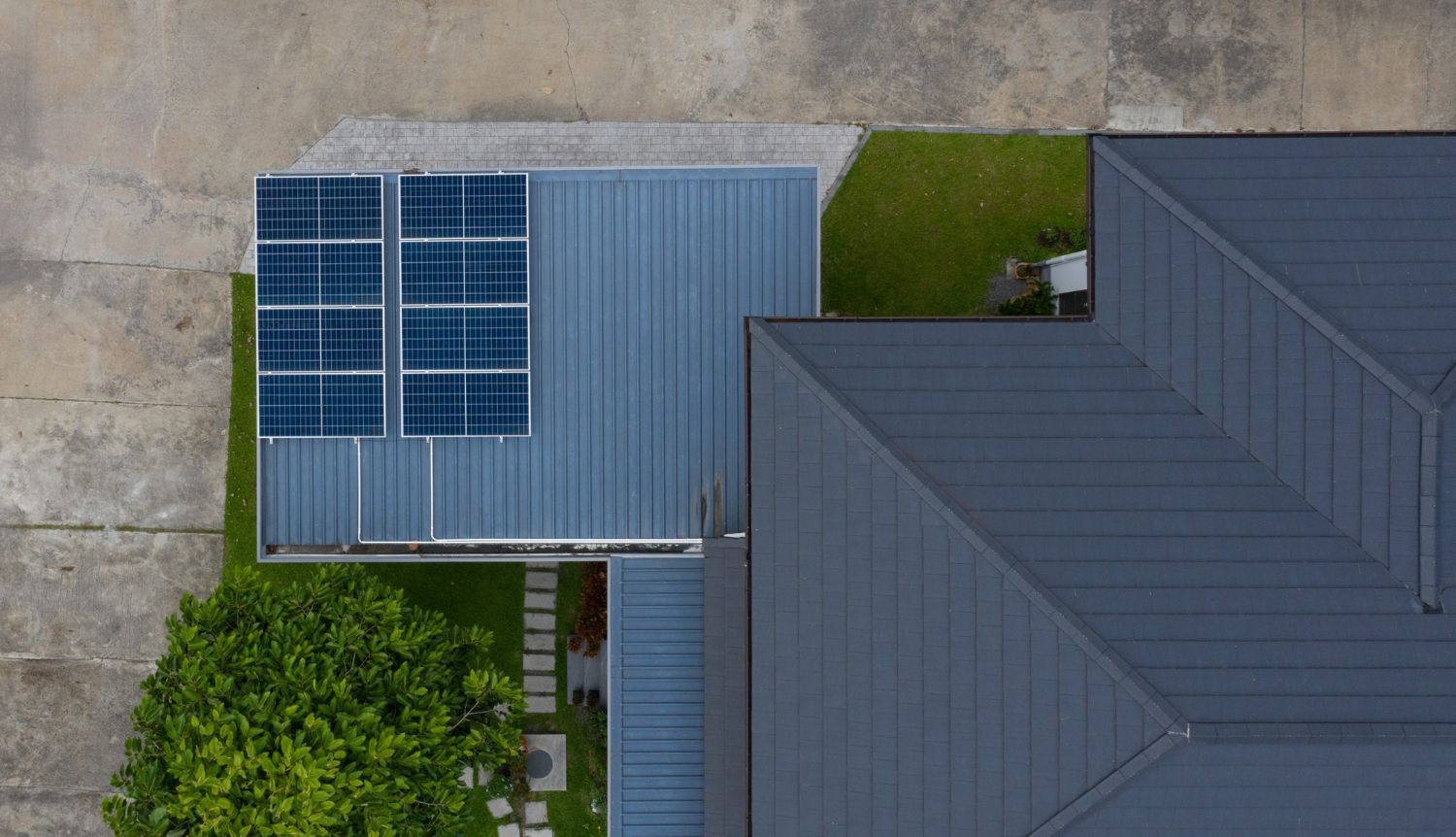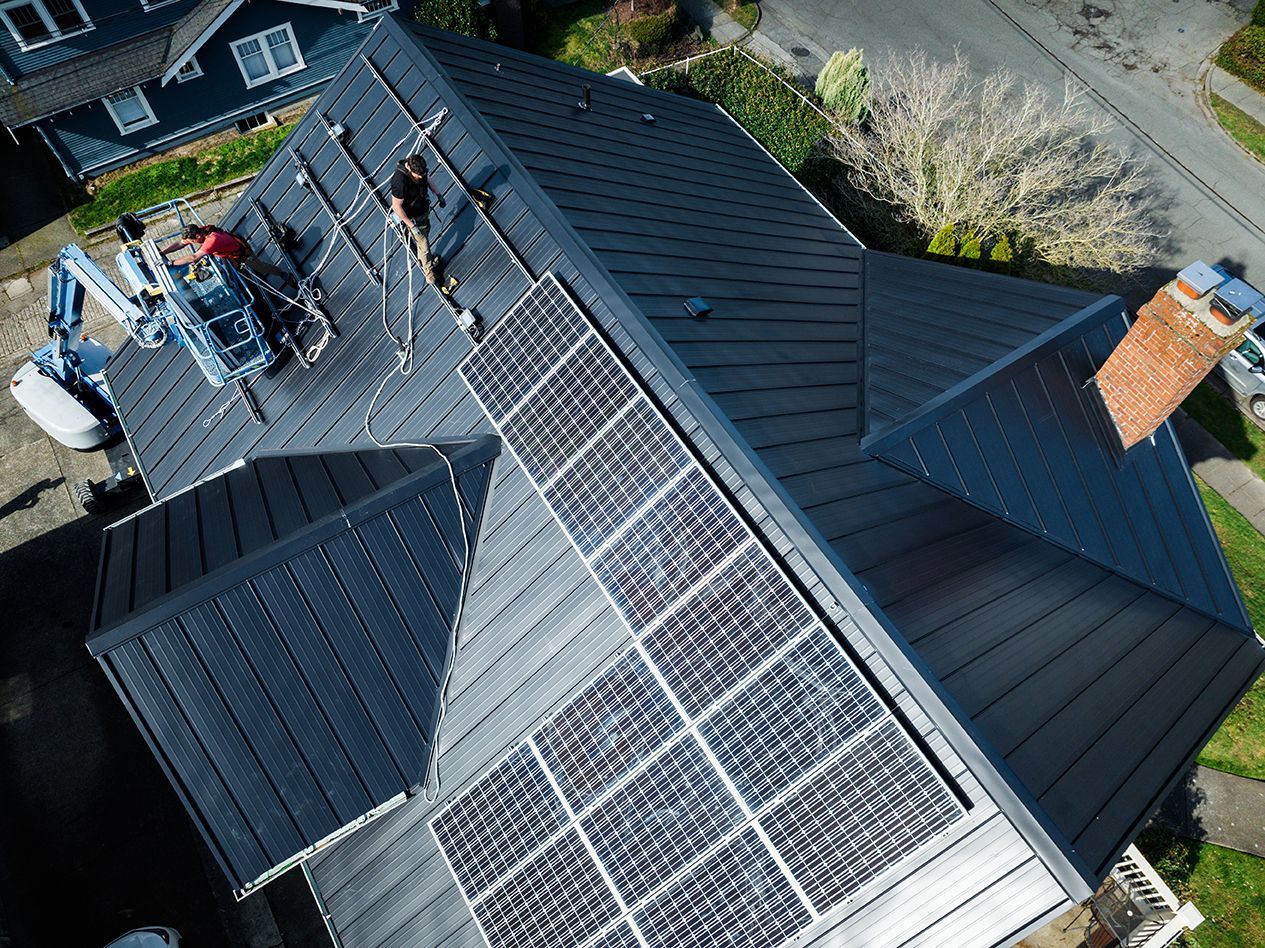South, East, West: Most Roofs are Suitable for Residential Solar Installation
The optimal orientation for solar panels in the continental U.S., as suggested by the Department of Energy, is facing approximately south, tilted between 15 and 40 degrees. This positioning ensures longer exposure to sunlight, resulting in increased electricity generation per panel annually and significant savings on utility bills.
However, even if your roof doesn't align perfectly with this ideal setup, solar can still be a worthwhile investment. According to insights from the Department of Energy Solar Energy Technologies Office, east-west systems and panels mounted at various angles can also generate substantial power.
Contrary to common belief, direction holds more significance than the angle when it comes to the effectiveness of a rooftop solar installation. While the angle is seldom a deciding factor, most roof tilts are generally suitable, with a few exceptions. Factors such as shading, roof size, local electricity prices, and solar-power policies in your area are more likely to impact the success of your solar installation than the orientation of your roof.
Notably, the National Renewable Energy Laboratory suggests that around 82% of buildings in the U.S. receive sufficient sunlight to be considered suitable for solar panels. From an economic perspective, a majority of installers find that approximately two-thirds of single-family and small multi-family houses are conducive to solar installations. Solar viability extends to south, west, or east-facing roofs, with pitches ranging from flat to 45 degrees or steeper.

When a roof is not an ideal match for solar, it is typically due to shading and limited surface areas rather than the specific direction or angle. Potential hindrances include excessive shade, high costs associated with tree removal, and roof designs accommodating only a limited number of panels. Factors such as chimneys, plumbing vents, skylights, gables, and adherence to local building codes further influence the feasibility of a solar installation.
Despite these considerations, solar remains financially sound if at least 8 to 10 panels can be accommodated on a south, west, or east-facing surface with minimal shading. Such systems, possibly combined with a battery, can generate ample free electricity, offsetting installation costs within a decade or less.

